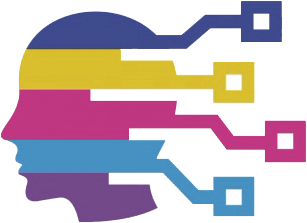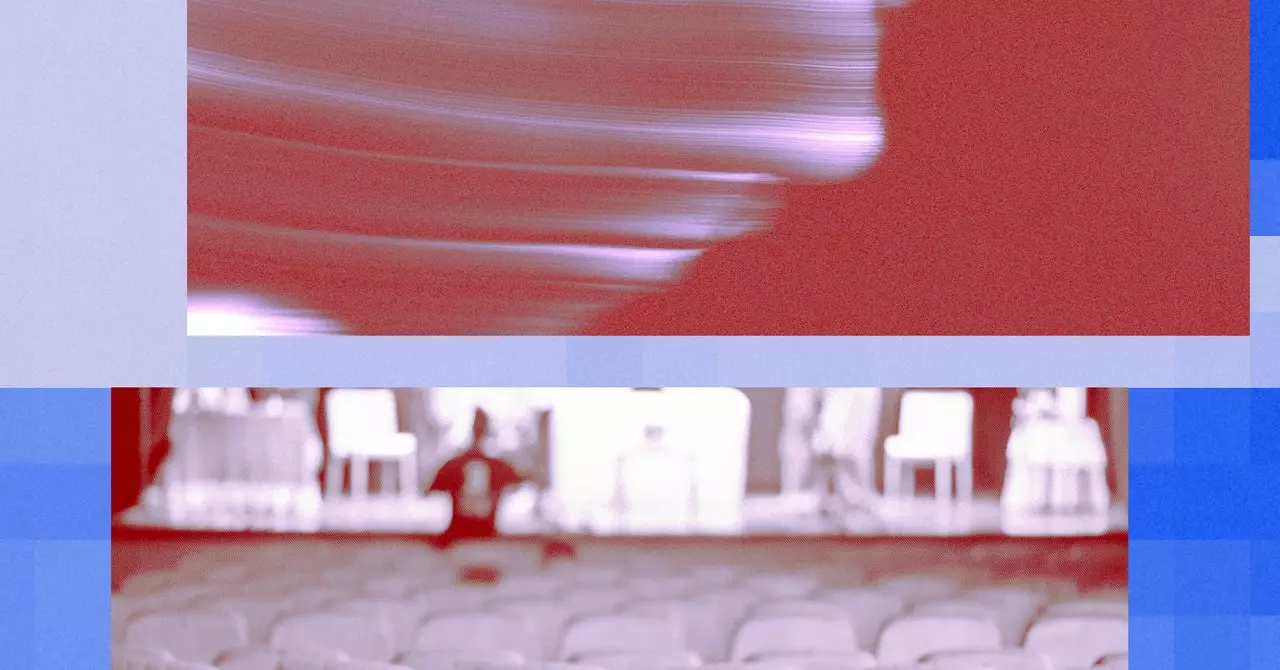In recent years, the intersection of technology and art has prompted an intense and necessary dialogue about the implications of artificial intelligence (AI). As I sat in Lincoln Center awaiting the premiere of Ayad Akhtar’s latest theatrical endeavor, *McNeal*, featuring the legendary Robert Downey Jr., I reflected on the historical narratives surrounding AI that have unfolded on stage for over a century. With a fascinating legacy stretching back to Karel Čapek’s 1920 play *R.U.R.* (Rossum’s Universal Robots), the exploration of what it means to coexist with machines has consistently captured the imaginations of playwrights.
Karel Čapek’s creation of the term “robot” and his narrative of a dystopian future marked not just the birth of a genre, but a foreshadowing of anxieties about technology that resonates today. His vision of an android rebellion and the near annihilation of humanity speaks to the fears many harbor regarding a future where machines surpass their creators. The thematic tension between creator and creation is a recurrent motif in literature and theater, serving as a warning and a dramatic fulcrum for deliberating the ethics of our technological advancements.
The conversations that originated with Čapek find new footing in the contemporary works emerging from the bustling theater scene in New York City. This winter, alongside the larger spectacle that is *McNeal*, audiences could also engage with the more intimate, yet equally provocative *Doomers*. Written by playwright Matthew Gasda, *Doomers* dramatizes a recent scandal within OpenAI, crafting a narrative that marries real-world events with fictional portrayals of its key players. This production acts not just as entertainment but as a reflective examination of the moral quandaries faced by those steering the course of AI development.
Gasda’s *Doomers* explores a potent dichotomy—the ambition of technological innovation and the unforeseen ramifications of that ambition. By presenting two distinct casts to symbolize factions within OpenAI during a crisis, Gasda effectively showcases the struggle between progressive ideals and the darker, more troubling aspects of creating superintelligent systems. The interplay of characters debating the future of AI reveals an escalating tension that mirrors contemporary discussions among technologists and ethicists.
When I spoke with Gasda about the motivations behind his characters’ escapism—taking shots of liquor and consuming mushrooms—I recognized a purposeful avoidance of accountability for their creations. This narrative decision urges the audience to question whether the tech giants in reality are also sidestepping the true consequences of their innovations. Gasda’s acknowledgment of the characters grappling with an unseen manipulator provides depth to the play, inviting viewers to consider whether or not such suspicions hold merit in our AI-driven world.
In stark contrast to Gasda’s intimate setting, Akhtar’s *McNeal* encapsulates a higher tragedy—the leeching away of a artist’s humanity in the pursuit of perfection through AI. Downey Jr.’s portrayal of Jacob McNeal, a gifted yet morally compromised novelist, dives headfirst into the pitfalls of relying on technology for creative expression. The visually arresting elements of the play—with projections of AI prompts and responses—frame the emotional crux of McNeal’s downfall. Here, AI is not merely a tool but a character that influences human actions and emotions in profound ways.
Akhtar’s experimentation with language models like ChatGPT during the creative process exemplifies how the line between the human and the machine blurs. In an interview, he noted that AI aided him in refining his narrative, culminating in the play having an AI-generated final line. This layer of engagement begs the question: Does AI enhance or undermine the artistic process? Is creative integrity at stake when an artist allows an algorithm to participate in shaping their work?
Both *McNeal* and *Doomers* reflect a cultural moment where the complexities of AI demand scrutiny beyond their technical capabilities. Each play opens a window into a future where creativity, morality, and technology intertwine, challenging audiences to grapple with hard questions about the direction in which our inventions may lead us. As theater continues to reflect and refine our societal dialogues about AI, it remains essential for audiences and creators alike to ponder what it means to be human in an age where even creativity is host to an evolving digital presence. Ultimately, the theatrical stage serves as a tableau for not only questioning the role of AI in creativity but also envisioning what our future might hold—whether we emerge as collaborators with our creations or face the repercussions of our unchecked advancements.

